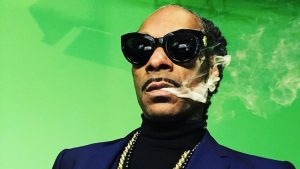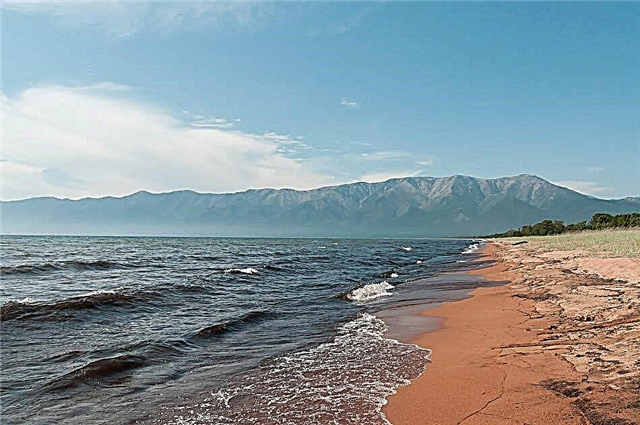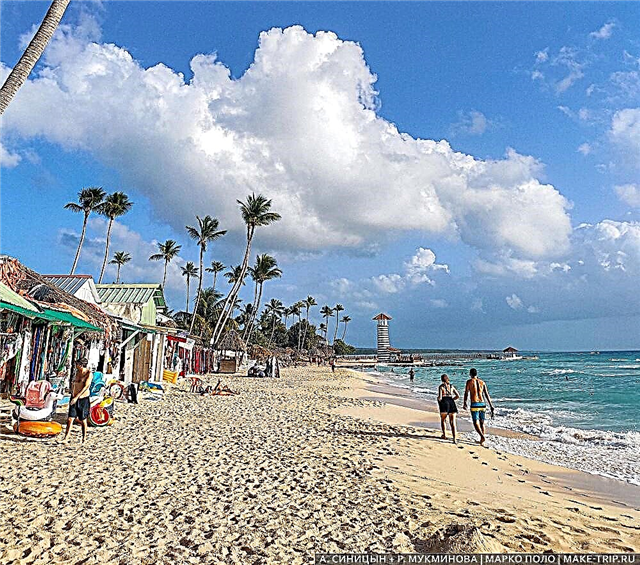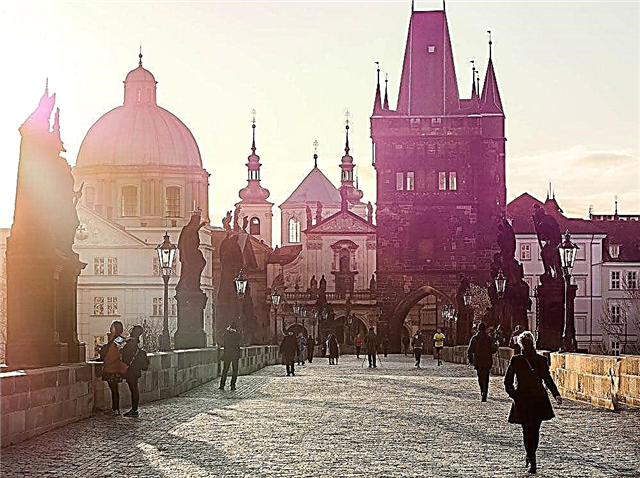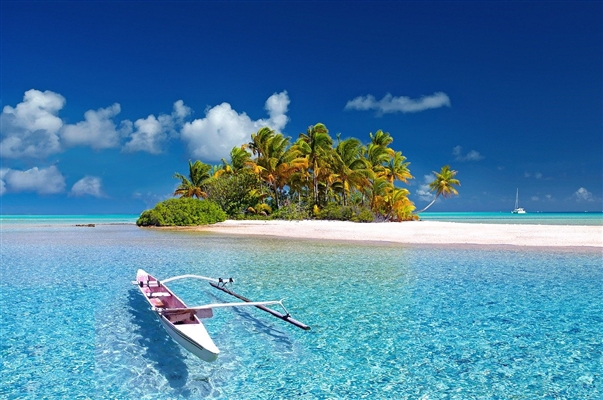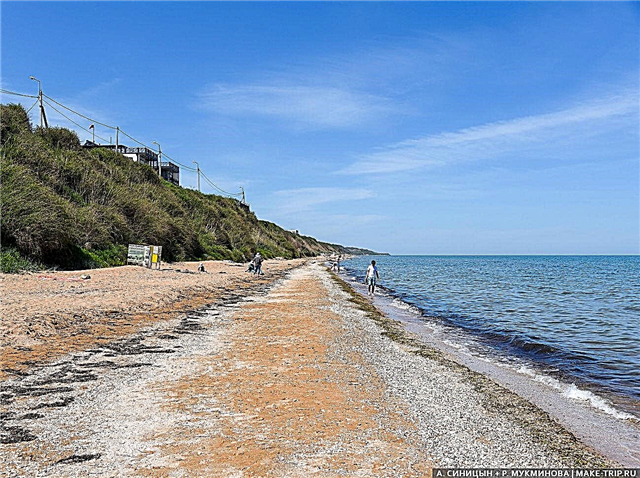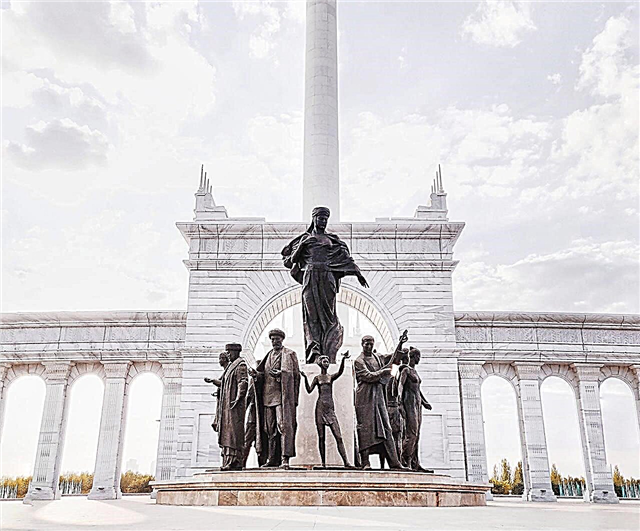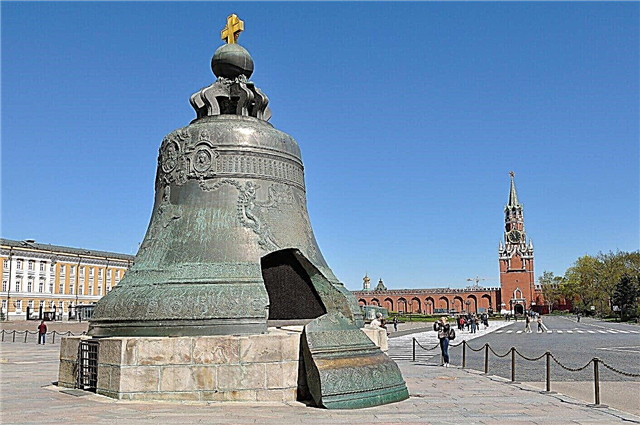The Moscow Kremlin is a complex of unique architectural structures, evidence of past eras, and a state historical and cultural museum-reserve. The Assumption and Annunciation Cathedrals continue to receive parishioners, at the same time, being part of the museum exposition. As for the Diamond Fund and the Armory, these are world treasures, introducing visitors to works of art in different spheres.
The Tsar Bell and Tsar Cannon, which have a rich and interesting history, have become separate exhibits. The palaces and chambers have been restored and partially transferred to the residences of the first persons and administrative buildings. For a detailed acquaintance with the Moscow Kremlin, you need to spend more than one day here.
What to see and do on the territory of the Moscow Kremlin?
List of top tourist attractions - museums and exhibitions, cathedrals and temples, towers and walls. Photos with names and descriptions of the best attractions.
Moscow Kremlin towers
There are 20 of them in total, three have a rounded shape and stand at the corners, the Kutafya tower is of an indefinite shape, due to the complexity of its construction, and the rest are rectangular. Almost everyone looks the same in style. Only Nikolskaya, rebuilt in the 19th century, stands out from the composition. Chimes were installed on the Spasskaya Tower in the 15th century. They are some of the oldest in the world. The chime of this clock accompanies the coming of the New Year in the country.

Armouries
The treasury of the Russian tsars, which later became a museum. The collection began to form back in the XIV century. The museum opened at the beginning of the 19th century. At first, only noble people had access to it. The current exposition consists of gold and silver items, armor, weapons, carriages, icons, religious and royal attributes; works of both domestic and foreign masters are presented.

Diamond fund
Exhibition, which began its work in 1967 on the basis of the Armory. The collection has been collected since the reign of Peter I, but after the revolution it lost part of its treasures. The exposition includes outstanding examples of jewelry art dating back to the 18th century and unique precious stones. Among them, the Orlov diamond is 189 carats, and the Shah diamond is almost 89 carats. Also allocated is a collection of orders and regalia for coronations.

Assumption Cathedral
Consecrated in 1479 and is the oldest surviving Moscow building. It was the place of coronations of Russian tsars, and religious ceremonies of particular importance for the country were held here. The iconostasis of the 17th century and interior paintings from the same period have survived. The main relics of the cathedral are the relics of saints, the staff of Metropolitan Peter. Included in the museum exposition, services are held with the blessing of the patriarch.

Blagoveshchensky cathedral
The nine-domed temple was erected in 1489 on the site of its wooden predecessor. Many icons are valuable, for example those painted by Rublev. Interior paintings also belong to the brushes of famous artists of the 16th century, including Fyodor Yedikeev. In the basement there is an exposition - "Treasures of the Moscow Kremlin", containing jewelry, weapons, and other rarities found during excavations.

Ivan the Great belltower
Built in the early years of the 16th century. In the past, royal decrees and especially important orders were read around her. The restoration was carried out for the 500th anniversary. During the excursion, you can climb 137 steps to a height of 25 meters. The total number of bells is 34. Each of them has a name: Uspensky, Howler, Swan, Deaf and others. All of them were cast in different periods, from the time of the founding of the bell tower to the 19th century.

Faceted Chamber
It belongs to the oldest civil buildings in the city. Built by order of Ivan III. The interior decoration has changed several times. So the original frescoes under Peter I were replaced with velvet with embroidered double-headed eagles. In 1684, the chamber was rebuilt, and 150 years later it was connected to the Vladimir Hall. Since 2012, it has been partially open for excursions. Prior to that, there was a restoration, combined with excavations.

Patriarchal Chambers and the Church of the Twelve Apostles
The composition is presented to visitors as a complex of buildings of two and three floors, combined with a five-domed cathedral. In modern times, the premises are given over to the museum of everyday life and applied art of the 17th century. The interior decoration has been partially preserved. Expositions: The Cross Chamber - dishes, utensils, clocks, etc.; Refectory - sewing; Order chambers - interiors, furniture, personal belongings; church - icons.

Cathedral of the Archangel
After the foundation of the first wooden church on this site in the middle of the XIII century, it was rebuilt and modified several times. The current look was formed two centuries later. The iconostasis is 13 meters high and has carved decor. The kings of the Romanov dynasty and appanage princes are buried in the necropolis of the cathedral. The wall paintings contain not only religious symbols, but also portraits of princes, including Ivan Kalita and Dmitry Donskoy.

Church of the Deposition of the Robe
Construction took place in the 80s of the 15th century. Throughout its history, it has experienced plunder, fire, re-consecration. Now divine services are held only on patronal holidays. The rest of the time the church is a museum. Among the exhibits: wood carved sculpture, icons, faces of saints, crosses. The main relic is the iconostasis, made by Nazariy Istomin in the first half of the 17th century.

The Tsar Bell
A work of art from the 18th century in terms of foundry. Cast in a specially prepared pit, not far from the place where it is now. It was never installed on the church or called. In the process of working on the bell, various adversities occurred, including fire and the death of the chief caster. The famous crack appeared due to the ingress of water on the hot metal.

Tsar Cannon
Her consciousness was at the end of the 16th century. It weighs just under 40 tons and is almost 5.5 meters long. Cast in the Kremlin arms workshops. It was never used for its intended purpose, only once the cannon was put on alert when the troops of the Crimean Khan approached the city, but they did not have to shoot. The nuclei next to it are fake, hollow inside and are needed to complement the exposition.

"Archaeological Windows" on Ivanovskaya Square
Tourist and, in a sense, museum objects at an archaeological site. Found small rarities, such as beads or dishes, will be exhibited in the underground museum, which is still in the making. In the "windows" made of durable glass, you can see a cut of the era, for example, fragments of the Small Nicholas Palace, or what remains of the Chudov Monastery.

Grand Kremlin Palace
The construction, which began in 1838, was headed by the famous Russian architect Konstantin Ton. It was built as a residence for the royal family. Now - the ceremonial residence of the President of the country. It has five separate rooms, the original appearance of which was restored in the 90s of the last century. Inspection is possible by appointment and as part of an excursion group.

Kremlin Palace of Congresses
Built under Khrushchev and used for the congresses of the Communist Party. The style is Soviet modernism, but gradually adjustments were made to it. The façade is finished in white marble and golden aluminum. Currently, significant events and concerts are held here. In 2013, a major overhaul was carried out, accompanied by a technical modernization of the site. The Kremlin Ballet is also based here.

Arsenal of the Moscow Kremlin
Laid down by Peter I and is an architectural monument. It was originally conceived as a warehouse for weapons and military trophies. During the retreat of Napoleon, it was blown up and in subsequent years restored to its original form. Before that, it was repaired after a fire, and then after the revolution.Now the premises of the Arsenal are set aside for the barracks of the Kremlin regiment and for the commandant's office.

Artillery pieces
By order of Peter I, captured guns were brought to the Arsenal building. The tradition was strengthened and in 1819 hundreds of cannons, captured from Napoleon's troops, were lined up at the facade. In 1960, those old cannons that stood at the Armory were added to them. To the right of the Tsar Cannon on Ivanovskaya Square in 2012, an exposition of Russian artillery pieces of the 17th-18th centuries from the collection of the Moscow Kremlin Museums was opened.

Senate Palace
Construction was carried out in the year of the reign of Catherine the Great. As the name implies, it was supposed to be the seat of the Senate. The building is crowned with a dome, and features of antiquity can be traced in the architectural style of classicism. An important object after Lenin's death was his study. In the 90s of the last century it was moved to Gorki. Currently, the palace is the working residence of the President of the country.

Taynitsky garden
It got its name from the nearby tower. Broken down at the southern wall, it is included in the UNESCO World Heritage List. The exact date of the appearance of the park zone on the territory of the Kremlin is unknown, presumably - the XIV century. Large excavations were carried out here. In 2013, a helipad was built, which damaged the historical view. There are poultry houses with birds of prey to protect the local flora from pests.

Amusing palace
It was erected in 1651 for the father-in-law of Tsar Alexei Mikhailovich. The only surviving boyar mansions on the territory of the Kremlin. At one time it was one of the first residential buildings made of stone. After the death of the first owner, it passed into state ownership. Its appearance changed, the Police Order was based here during the time of Peter I. After the restoration work, the palace became in many ways similar to the original. Now placed under the commandant's office.

Terem Palace
Built by order of Tsar Mikhail Fedorovich as ceremonial chambers. One of the first stone dwellings in Moscow. During the restoration, the painting of the walls and the decoration of the palace were restored according to later models. In modern times, it is the residence of the president. The visit is available only in the complex with the Grand Kremlin Palace as part of a tour and after receiving special permission from the local commandant's office.

Verkhospassky Cathedral
It belongs to the house churches at the Terem Palace and appeared in the first half of the 17th century. Together with other temples, it forms a row of 11 chapters, which are clearly visible from the Palace Square. The cathedral was attended by members of the royal family, including Queen Eudokia. The wooden iconostasis is decorated with carvings and is made in the Baroque style. Closed for inspection, services have not been held since 1918.

Church of the Nativity of the Virgin on Seny
One of the oldest architectural monuments in the capital, dating back to 1393. The architecture of the church traces the features of several schools of Russian architecture. The external appearance has been partially preserved, since during the rebuilding and repairs, the original features were lost and replaced with more modern ones. It is not a functioning temple, and also has no museum expositions.

Monument to Grand Duke Sergei Alexandrovich
It was installed and consecrated in 1908 at the site of the murder of one of the sons of Alexander II. A small area was fenced off and a bronze cross with the crucified Christ was erected in the center, and an icon lamp was burning in front of it. The monument was demolished 10 years later. In 2017, by order of President Putin, it was restored from existing images and returned to its original place. The new cross was consecrated by Patriarch Kirill.

Red Square
The main square of the capital and the country. Although historically refers to Kitay-Gorod, it is associated primarily with the ensemble of the Moscow Kremlin. Has changed several names. It was first mentioned in chronicles as Torg. It conditionally divided two zones, very different in terms of the social cut of the population: from the side of the Kremlin - the boyars and the royal family, from the side of Kitai-gorod - merchants and ordinary people. Played a role in the revolution. The first military parade was held here in 1941. In modern times, significant events, large concerts are held, the largest skating rink in Russia is flooded. Sightseeing: Mausoleum, necropolis, Lobnoe mesto, monument to Minin and Pozharsky.



